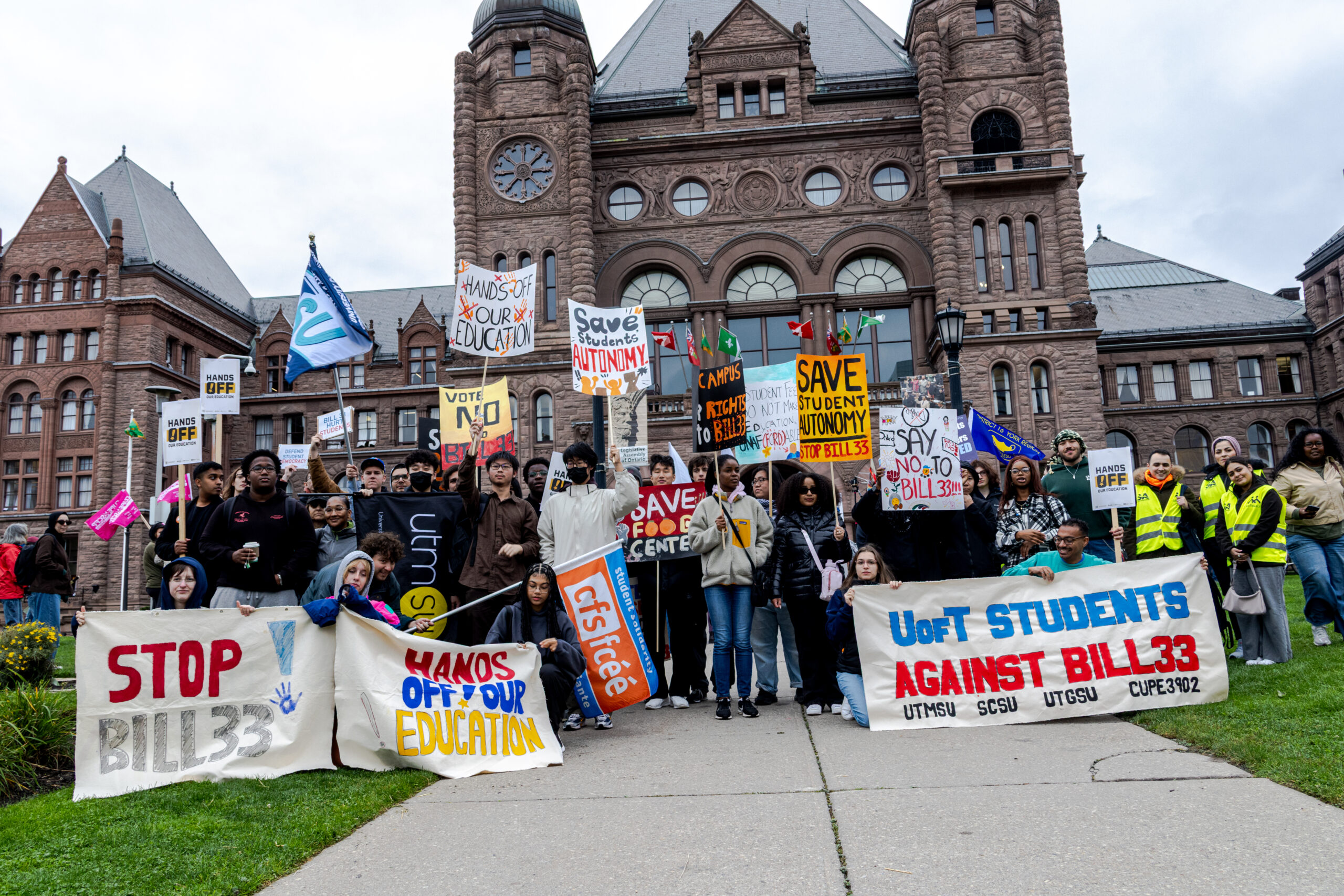A March 2020 survey involving 186 George Brown College (GBC) students indicates that food security is a significant issue facing students at GBC during the COVID-19 pandemic.
According to the George Brown College COVID-19 and Student Food Insecurity Survey Report which was run by Meal Exchange’s Good Food Campus Program, 81.9 per cent of GBC students face some level of food insecurity. Of that group, almost 59 per cent reported severe food insecurity.
As defined by the Government of Canada, “food insecurity is the inability to acquire or consume an adequate diet quality or sufficient quantity of food in socially acceptable ways, or the uncertainty that one will be able to do so”.

Brenna Anderson, Good Food Campus Coordinator at GBC, says that the proportion of food insecure respondents is notably higher than that found in the 2016 Hungry for Knowledge study that surveyed five campuses across Canada. Good Food has used the Hungry for Knowledge study as a basis of comparison for this report as there isn’t a sufficient amount of data available to measure GBC’s food insecurity in previous years, says Anderson.
“We recognize that a lot of these things are a part of larger socio-economic issues and people not being able to afford good food, and not saying that George Brown has to take the onus and take responsibility for all these things, but they can leave a lot of these things for students. They have those capabilities,” says Anderson.
According to the report, “the prevalence of food insecurity is highest among those aged 25-29, with 90.6 per cent of students in that age bracket being moderately or severely food insecure.”
The report also suggests that international students are at higher risk of being food insecure than domestic students at GBC.
These findings were discussed in a meeting with GBC on Tuesday April 13 that involved members from Peer Connect, the Student Association (SA), and other faculty involved in different Meal Exchange programs around the college. Anderson says there haven’t been any concrete promises yet, but she thinks there is recognition that they need to come together to push for some bigger changes and address the root issues.
“We’re hoping that in the next couple months, we can try to work towards something like either having one cohesive agenda,” says Anderson.
In November 2019, however, a team from across GBC came together to envision how food and food services at the college could be transformed to better support student and employee success in alignment with Vision 2030 / Strategy 2022. Anderson says that since this time, the document has “said it’s going to do these things, and hasn’t necessarily done a lot”.
“Because [George Brown has] so many international students, because they’re right in downtown Toronto, they have this opportunity to set the stage and set an example of a campus that’s working towards addressing food insecurity for it’s students, so I really hope that they recognize that and I hope it will be a reality,” says Anderson.


